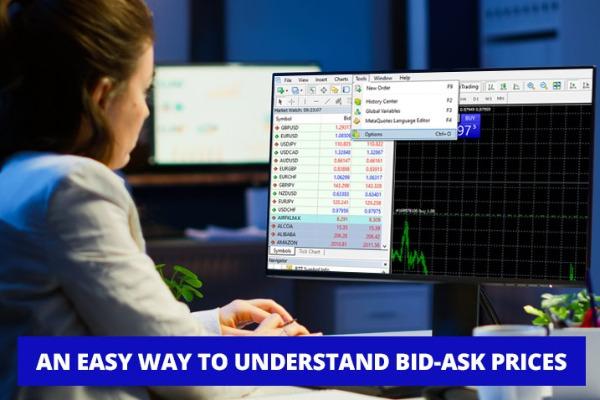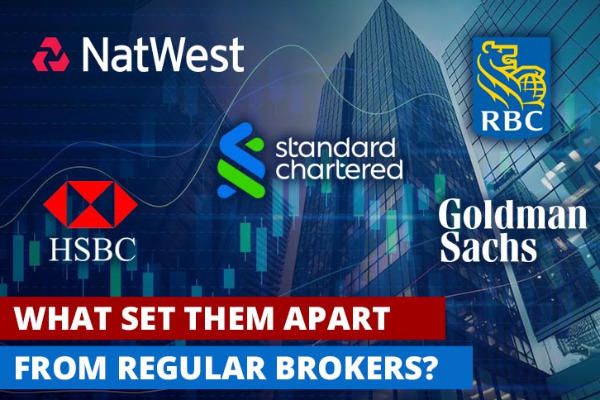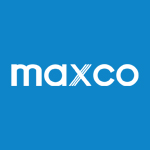The best leverage for cent account is one that allows you to open enough positions based on your strategy without encountering the risk of margin call.
Leverage allows traders to open bigger trading positions than the actual sum of balance in their account. However, trading with leverage is essentially trading with borrowed money.

Just as it is risky to buy a car with a credit card, it is equally risky to enter the Forex market with borrowed money. Therefore, you need to understand both the benefits and the pitfalls of trading with leverage, as well as the best leverage for your chosen trading account. For this purpose, you should first understand how leverage works and its relation to trading risks.
Buying Power of a Cent Account vs Standard Account
Forex brokers often denote leverage as ratios, such as 1:20, 1:50, 1:100, 1:200, 1:500, and so on. A leverage of 1:500 means you can control 500x your trading capital. So, an initial deposit of $10 in a standard account would theoretically allow you to open positions worth up to $5000. While an initial deposit of $20 in a cent account would allow you to open positions worth up to 500.000 cents dollars.
Base currency in a standard account would usually be US Dollars, Euro, and so on (each forex broker may provide different ranges of base currencies). While base currency in a cent account would be US cent (1 dollar = 100 cents). This is why "buying power" in a cent account is seemingly 100x higher than a standard account with the same amount of deposit.
How many positions you can open then depends on what type of trading size (lot) you choose. One standard lot (1.0) equals 100,000 worth of the base currency, one mini lot (0.1) controls 10,000, and one micro lot (0.01) equals 1,000.
On a $10 standard account with 1:500 leverage, you can open a maximum of 5 micro lot positions. It could be 0.01 on five different trades or 0.05 on one trade.
However, on a $10 cent account with the same leverage, you can open a maximum of 500 micro lot positions. Cent account enables us to open more positions, diversify our risks, and apply high-frequency trading with more confidence.
The Formula
The more leverage you use, the more trading positions you can open. So, which leverage should you choose for a cent account?
There's no size fits all in choosing the right leverage, both for standard and cent account. You should choose leverage to use based on factors such as your trading strategy and profit targets. If you are a scalper who needs to open dozens of trades every day, you might need higher leverage in a range between 1:100 and 1:1000. If you are a swing trader who typically opens half a dozen of trades in a week, lower leverage might be more advantageous.
There is only one formula you need to remember: The best leverage for a cent account is one that allows you to open enough positions based on your strategy without encountering the risk of margin call.
Higher Leverage = More Risky?
The topic of high leverage in any type of trading account is highly contentious. Some traders prefer to use the highest leverage possible with a broker because it is an edge that could be applied to optimize gains. Some others discourage the use of high leverage, because it may push inexperienced traders into risking too much money on too many positions (also known as "overtrading").
For instance: Although you theoretically can open a maximum of 500 micro lot positions on a $10 cent account with 1:500 leverage, you should not actually do that. You have to leave enough room in order to ensure you can let more trades run without the risk of margin call and stop out.
Beginners often inadvertently forget (or do not know at all) that all of our trades (both profit and losing trades) may be automatically closed in case of a stop out. They would open more and more trades, until up to a point when margin call occurs. They then had to add more funds to protect their current positions or risk losing nearly all funds in their account due to automatic stop out.
Experienced traders generally have a better understanding on the pitfalls of leverage. Also, they could choose the best leverage for their strategy following repeated trials and errors.
So, is high leverage good or bad? It might be bad for beginners who do not have the right understanding on leverage, so it is advisable to start with moderate leverage (1:100 or lower). Once you have more experience in arranging your own risk management, you could adjust it in accordance with your chosen trading strategy.

 Dedicated FREE FOREX VPS
Dedicated FREE FOREX VPS Free FOREX Virtual Private Server
Free FOREX Virtual Private Server MT4 Demo Contest, Get $500
MT4 Demo Contest, Get $500 Sign Up for an Account, Claim 60% Deposit Bonus
Sign Up for an Account, Claim 60% Deposit Bonus Free MT4/MT5 VPS 2024
Free MT4/MT5 VPS 2024 Send E-mail and Get Free Merchandise
Send E-mail and Get Free Merchandise $1K Refer a Friend Bonus for Pepperstone Pro clients
$1K Refer a Friend Bonus for Pepperstone Pro clients Maximize Your Earnings with 100% Deposit bonus
Maximize Your Earnings with 100% Deposit bonus Trade to Win, $5,000 Monthly Demo Contest
Trade to Win, $5,000 Monthly Demo Contest Claim 30% + 15% Deposit Bonus from LiteFinance
Claim 30% + 15% Deposit Bonus from LiteFinance











